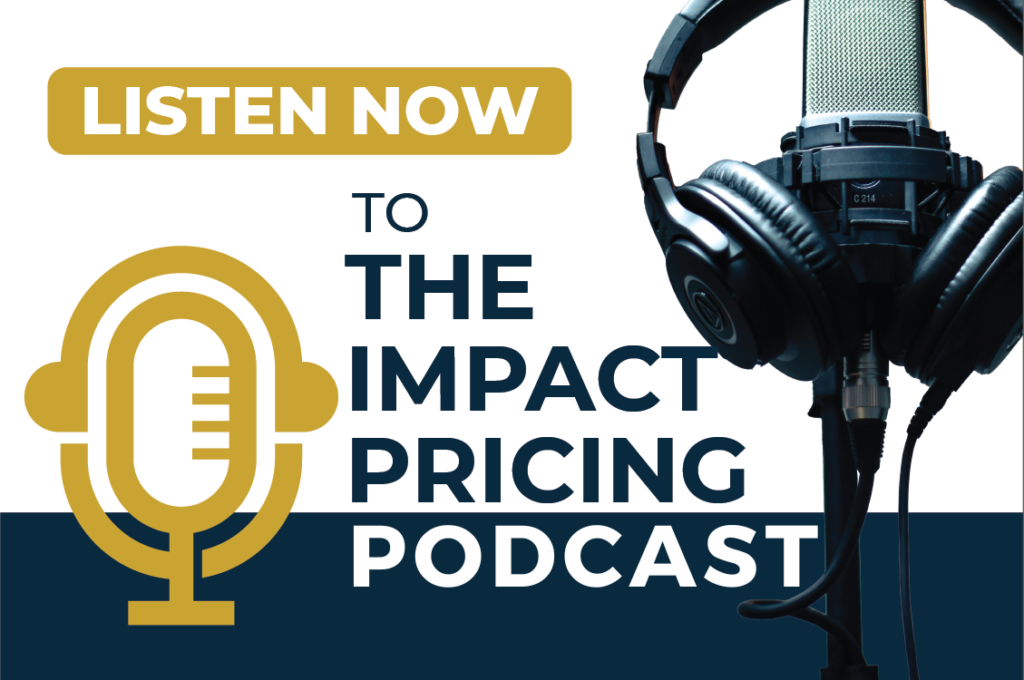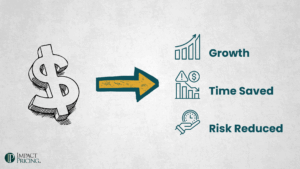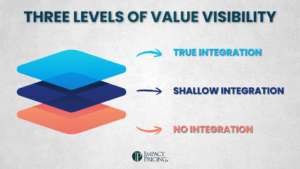Jay Leno used to say on a Dorito’s commercial, “Crunch all you want, we’ll make more.” But what if they can’t make more? As I write this there are 80 supertankers off the Long Beach port waiting to be unloaded. Car manufacturers can’t get enough semiconductors (the other kind of chips) to make cars. Construction projects around the country (world?) are delayed because of a lack of materials. Yes, COVID did a number on supply chains.
I often teach a quick slide in class on what you should do when facing supply constraints. Uber is a fabulous example where they used surge pricing when demand exceeded supply. Of course that’s not the only technique.
You could just raise prices. This is what hotels do on Super Bowl weekend in the hosting city. This is what price gougers do during natural disasters. Raising prices has the risk of upsetting customers leading to short term profit at the expense of long term relationships (and profit).
Another technique, documented in the Wall Street Journal article titled “Why It’s Easier to Find Expensive Appliances than Cheaper Ones” is to be picky about what you choose to build. If you can’t build as much as you’d like, it makes sense to build the items where you make the most profit. Usually that means your most expensive items. Odds are good you will be able to sell out because demand is high. You didn’t raise your prices, but you absolutely raised your average selling price.
If your business is in a supply crunch, think about what you want to do. Maybe you can raise prices a little (many companies are). The least painful technique is to choose which market you will serve. The supply constraint keeps you from fulfilling all demand, so choose the demand that will give you the most profit. But as always, think through the long term implications. When you choose who you will serve, you are also choosing who you will not serve.















